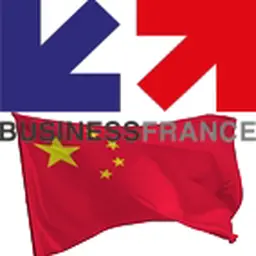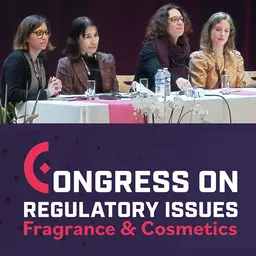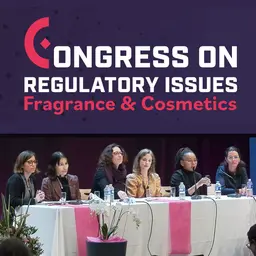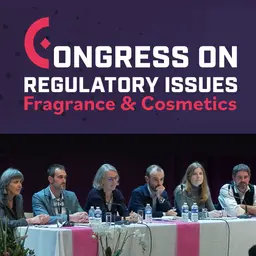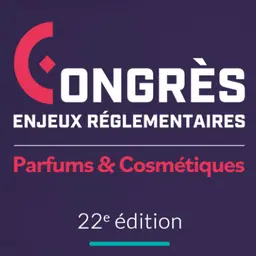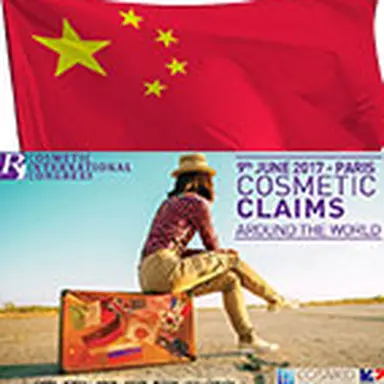
All marketing departments dream about a ‘World’ claim that could be used the same way on all markets. And everyone knows how inaccessible this dream seems to be, and how delicate it is to choose the right words that will stick to a cosmetic product everywhere it is exported. To avoid getting trapped, the 2017 Cosmed International Congress offered a world tour of claims – with a stopover in China.
April Guo is the Head of Cosmetics Regulatory Affairs at CIRS (Chemical Inspection and Regulatory Services), a consulting agency based in China. She came to the congress to make a quick update on Chinese cosmetics regulations and on the rules that prevail as regards claims.
Cosmetics regulations
As a reminder, in China, cosmetic products are defined as industrial chemicals which can be spread on the outer surface of human body (skin, hair, nails, lips, etc.) for the purpose of cleansing, deodorizing, skincare, beauty, and makeup.
There are two categories of cosmetics:
• ‘Non-special use’ cosmetics, which gather skincare, hair care, nail care, makeup, and perfumes
• ‘Special use’ cosmetics, which correspond to skin-whitening, sun care, slimming, breast-shaping, depilation, and deodorizing products, plus hair perms, hair dyes, and hair growth products
The regulatory rules applicable are different for the two categories, and the requirements can also vary if a product is domestic (local product) or if it is imported.
In short, Chinese regulations are usually deemed very complex: there is a considerable number of official texts drafted by various cosmetics authorities to detail the rules applicable. They also keep changing, with new regulations completing existing regulations, and new standards completing existing …

